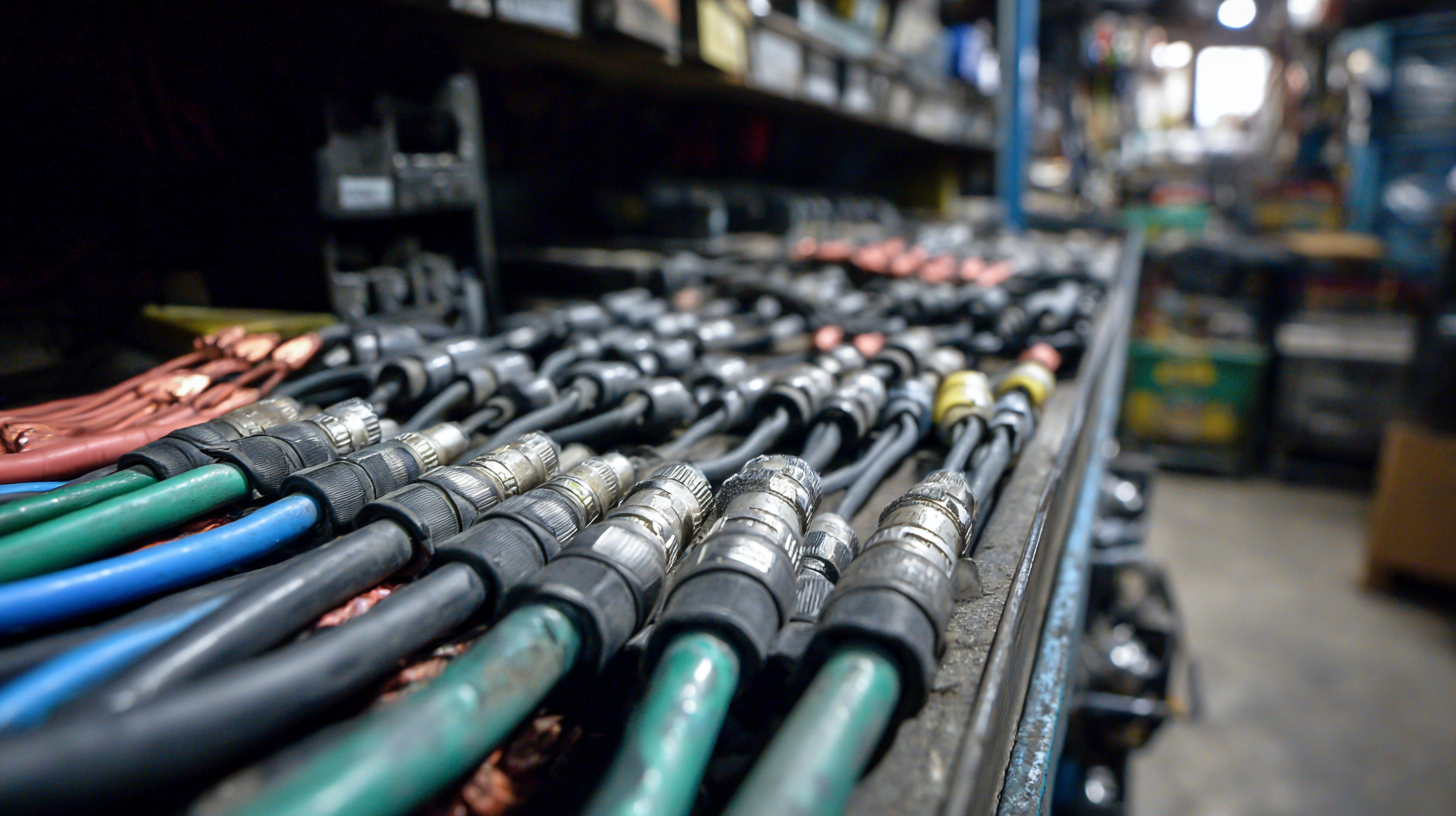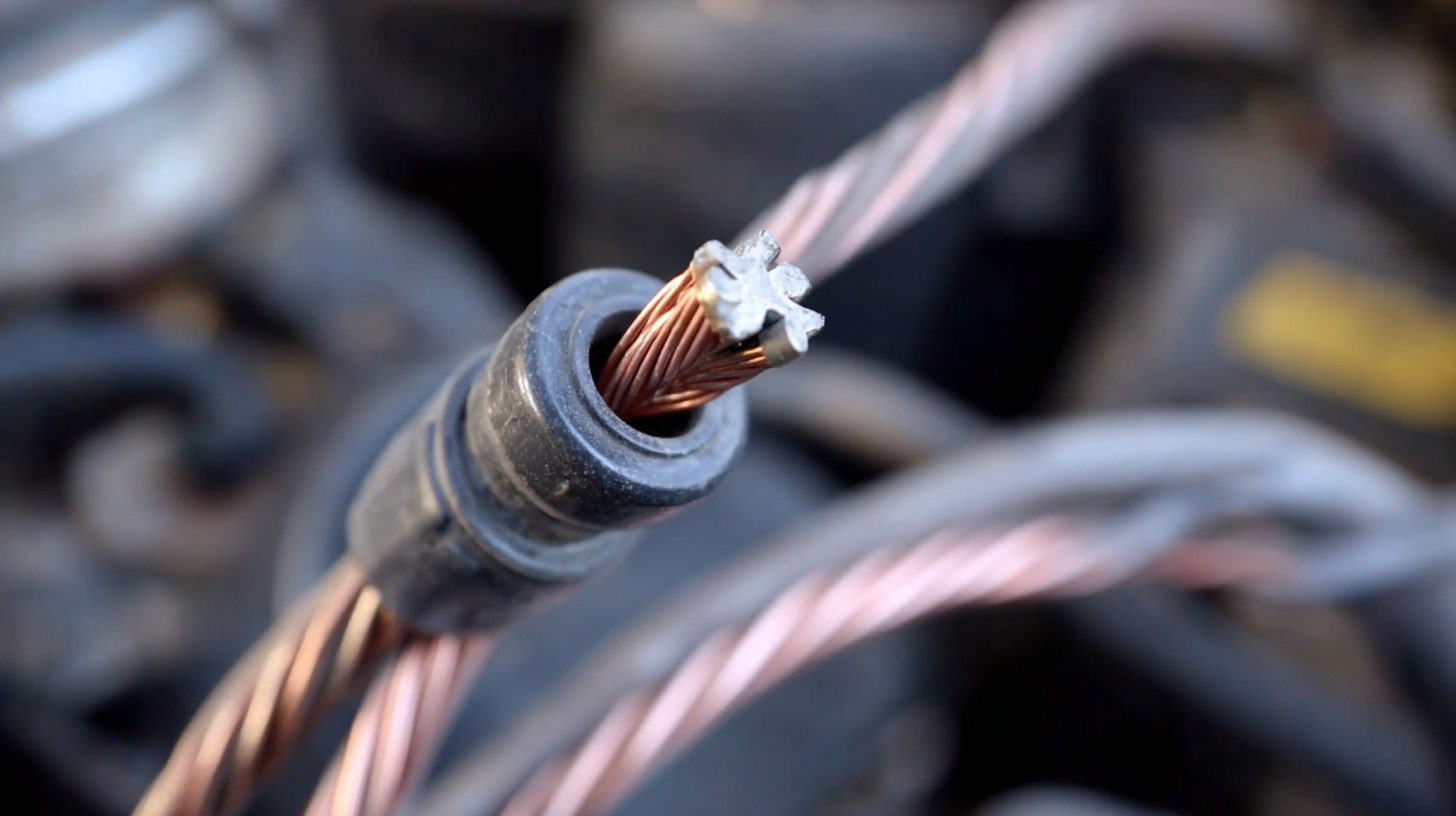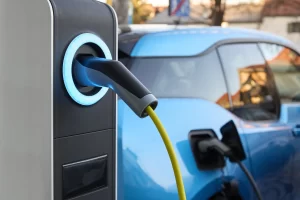Essential Automotive Cable Maintenance Tips for a Smooth Ride
In the ever-evolving automotive industry, the importance of reliable automotive cables cannot be overstated. According to a report by Research and Markets, the global automotive cable market is projected to reach $31.18 billion by 2026, driven by the increasing demand for advanced automotive technologies and enhanced safety features. As vehicles become increasingly complex, with growing electrical and electronic systems, the integrity of automotive cables plays a crucial role in maintaining performance and ensuring safety.

Essential Tips for Inspecting Automotive Cables Regularly
Regular inspection of automotive cables is crucial to ensure optimal vehicle performance and safety. According to a report by the Automotive Maintenance and Repair Association (AMRA), nearly 30% of vehicle breakdowns are attributed to electrical issues, many of which stem from damaged or worn cables.
Cables connected to the battery, alternator, and starter are particularly susceptible to wear and tear from heat, vibration, and environmental factors. Thus, incorporating systematic inspections into your vehicle maintenance routine can significantly reduce the risk of unexpected failures.
During inspections, it’s essential to examine each cable for signs of fraying, corrosion, and loose connections. The National Highway Traffic Safety Administration (NHTSA) emphasizes that even minor cable issues can lead to larger electrical failures, potentially jeopardizing vehicle safety. For instance, a simple frayed cable can disrupt power supply to crucial components like headlights and electronic stability control systems.
Hence, automotive professionals recommend checking cables at least once every six months or before embarking on long trips, ensuring a smoother and safer ride.
Key Signs of Worn-Out Cables to Look Out For
 Automotive cables play a crucial role in ensuring the seamless operation of your vehicle's electrical systems. One of the most significant indicators of worn-out cables is the presence of fraying or cracking insulation. If you notice exposed wires or any signs of deterioration, it’s a clear signal that the cables are at risk of failing and may need to be replaced. Regularly inspecting these components can help you catch issues before they escalate into more significant problems.
Automotive cables play a crucial role in ensuring the seamless operation of your vehicle's electrical systems. One of the most significant indicators of worn-out cables is the presence of fraying or cracking insulation. If you notice exposed wires or any signs of deterioration, it’s a clear signal that the cables are at risk of failing and may need to be replaced. Regularly inspecting these components can help you catch issues before they escalate into more significant problems.
Another red flag to look out for is erratic or inconsistent functionality in your vehicle's electrical features. If your lights flicker or your starter struggles to engage, it could indicate a poor connection caused by aging cables. Additionally, corrosion around the cable terminals is a serious sign that moisture has breached the protective layers. This can lead to electrical shorts and ultimately compromise your vehicle's performance. Keeping a close watch for these signs not only ensures a smoother ride but also enhances the longevity of your automotive systems.
Best Practices for Cleaning and Protecting Automotive Wiring
Keeping your automotive wiring clean and protected is crucial for ensuring the longevity and reliability of your vehicle. Over time, dirt, moisture, and corrosion can accumulate and lead to electrical failures. Here are some best practices for maintaining your automotive cables.
First, regularly clean your wiring using a mixture of mild soap and water. Use a soft brush or cloth to gently scrub the wires, ensuring you remove any dirt or grime. After cleaning, make sure to dry the wiring thoroughly to prevent any moisture buildup that could lead to rust or corrosion. Consider applying a silicone-based spray or a dedicated electrical contact cleaner to protect the wires from environmental damage.
Another important tip is to inspect your cables for any signs of fraying or wear. Addressing issues like these early on can prevent more extensive problems down the line. Additionally, using protective loom covers can shield the wiring from abrasions and harsh elements. Keeping your automotive wiring in top shape not only enhances your vehicle's performance but also ensures a smooth, trouble-free ride.
Essential Automotive Cable Maintenance Tips for a Smooth Ride
This chart illustrates the importance of regular automotive cable maintenance practices. Consistent adherence to these best practices can significantly enhance the longevity and reliability of your vehicle's wiring system.
How Temperature and Weather Affect Cable Performance
Temperature and weather conditions play a crucial role in the performance of automotive cables. According to the Society of Automotive Engineers (SAE), extreme temperatures can cause cables to expand or contract, potentially leading to insulation damage or increased resistance. For instance, in freezing temperatures, rubber and plastic materials can become brittle, increasing the risk of insulation cracking and exposing the wires. Conversely, high temperatures can accelerate the degradation of cable materials, resulting in shortened lifespans and reliability issues.
Moreover, humidity and moisture can exacerbate these problems, leading to corrosion and electrical failures. The Automotive Aftermarket Suppliers Association (AASA) reports that nearly 30% of electrical issues in vehicles can be traced back to poor cable maintenance and weather-related damage. Ensuring proper cable maintenance, which includes regular inspections and protective measures against environmental stressors, can help mitigate these risks and enhance vehicle reliability, especially in regions experiencing extreme weather fluctuations. Investing in high-quality cables designed for specific temperature ranges and conditions is also recommended to maintain optimal performance.
Essential Automotive Cable Maintenance Tips for a Smooth Ride - How Temperature and Weather Affect Cable Performance
| Cable Type | Temperature Range (°C) | Weather Condition | Maintenance Tip | Expected Lifespan (years) |
|---|---|---|---|---|
| Battery Cable | -20 to 60 | Heavy Rain | Inspect for corrosion regularly. | 4-6 |
| Starter Cable | -20 to 70 | Cold Weather | Check connections for tightness. | 3-5 |
| Ignition Cable | -10 to 50 | High Humidity | Clean and check for cracks. | 2-4 |
| Chassis Ground Cable | -30 to 60 | Snowy Conditions | Ensure a good ground connection. | 5-8 |
| Alternator Cable | -20 to 70 | High Heat | Inspect insulation integrity. | 4-6 |
When to Seek Professional Help for Cable Maintenance
When it comes to automotive cable maintenance, knowing when to seek professional help is crucial for ensuring a safe and smooth ride. Cables play a vital role in the functioning of various systems in your vehicle, from the ignition to the brakes. Regularly inspecting cables for any wear, fraying, or corrosion can help catch potential issues early. However, certain problems may require the expertise of a professional mechanic. If you notice any unusual behavior in your vehicle's systems, such as difficulty starting or erratic electrical functions, it’s essential to consult a professional.
Moreover, if you’re uncomfortable performing maintenance tasks, do not hesitate to reach out for expert assistance. Professionals not only have the right tools but also possess the knowledge to identify underlying issues that a layperson might overlook. Remember, proper cable maintenance combined with timely professional help can significantly extend the life of your vehicle and enhance your driving experience.

Related Posts
-

Understanding Lead Cables: Essential Insights for Safe Electrical Installations
-

Understanding Multi Conductor Cables: Essential Tips for Effective Electrical Wiring
-

Exploring the Role of Cable Suppliers in Sustainable Energy Solutions
-

Exploring the Advantages of 4 Core Cable in Modern Electrical Installations and Its Impact on Efficiency
-

Exploring the Essential Role of Power Wires in Modern Electrical Systems
-

The Ultimate Guide to Understanding Different Wire Connector Types for Your Projects
